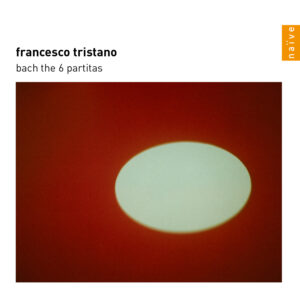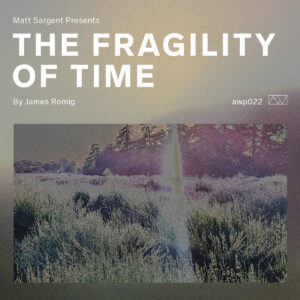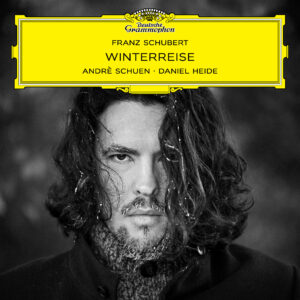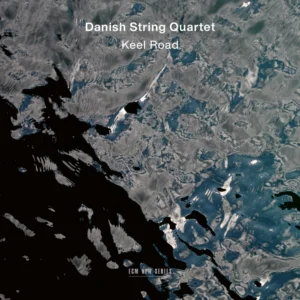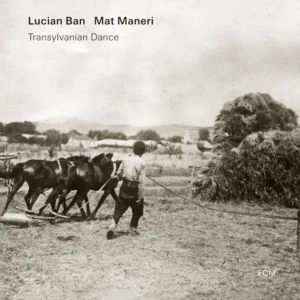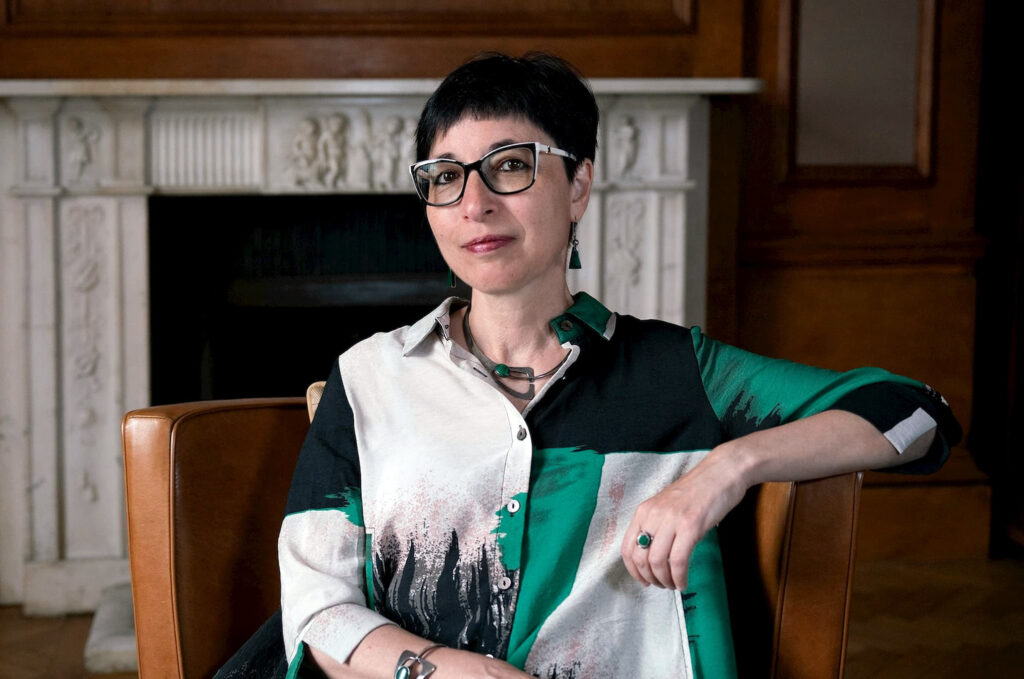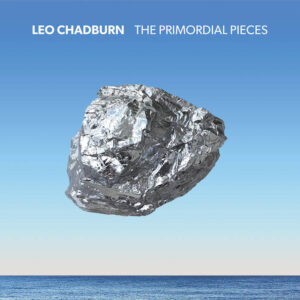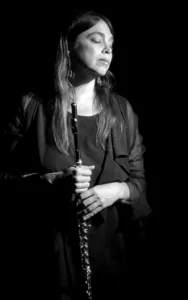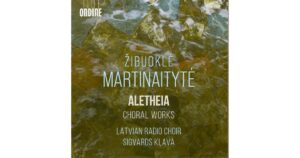Bach: The 6 Partitas
Francesco Tristano, piano
Naïve 2XCD
In his 2024 recording for Naïve, pianist Francesco Tristano interprets some of Johann Sebastian Bach’s most challenging pieces, the six Partitas for clavier. Tristano’s 2022 On Early Music was an admirable outing, with pieces by Giralomo Frescobaldi, Peter Philips, John Bull, and Orlando Gibbons, serving as a taster course for Italian and English approaches to harpsichord playing in the early seventeenth century.
Tristano’s keyboard isn’t the harpsichord, but a beautiful sounding grand piano in a recording studio in Kakegawa, Japan. Abetted by sound engineer Christoph Frommen, Tristano reveled in using all of the studio’s devices at his disposal to make what his liner notes essays calls, “BachtotheFuture.” This never sounds like mere trickery, instead it imparts organic sounding, pleasing results.
Tristano is eminently capable of taking fast tempos, such as his fleet renditions of the Allemande from the B-flat major Partita and the Gigue from the G major work, where the counterpoint is clearly delineated in a virtuosic environment. However, he prefers not to rush, and the midtempo and slow dance movements are the better for it, with clear dance rhythms and cleanly delivered ornaments. Extended movements, such as the Sinfonia in the C minor Partita and Toccata in the E minor work, are well-shaped and paced. Indeed, each movement seems to have been carefully considered in its conception and receives a level of attention that makes all that work in the studio in Kakegawa seem well worth it, even necessary.
It is hard to pick favorites among Tristano’s performances of the partitas, and perhaps one’s mood may play a role, as they each seem tailored to a different demeanor. If a doleful mood besets the listener, the pianist’s traversal of the C minor Partita is truly masterful, and will likely meet you where you are and provide considerable uplift by its conclusion. Bach: the 6 Partitas is one of my favorite recordings of 2024.
-Christian Carey
